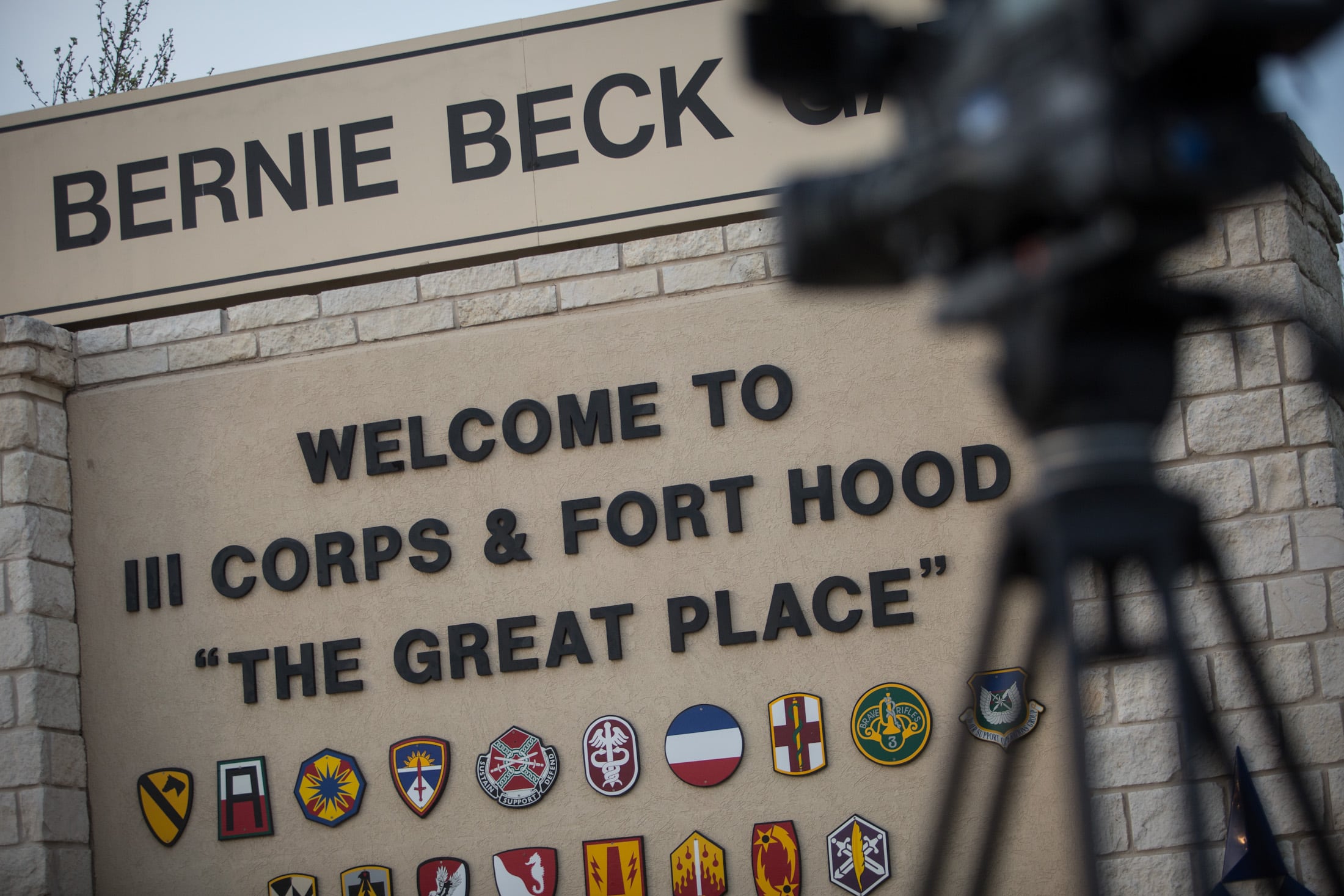New tests Additional testing for the first-in-class supercarrier are likely to delay the ship's arrival in the fleet, could push back the Ford's arrival in in the fleet, and experts say the delays will increase the strain on the fleet and inevitably lead to either less presence overseas or the last-minute ship schedule deployment changes that officials have been trying to avoid.
Pentagon leaders have ordered the Navy to run the carrier Gerald R. Ford through shock tests, where real explosives are set off close to the ship to test the soundness of the design. The tests, Navy leaders say, will push the Ford's first deployment back by half a year at least, according to a report in Navy Times' sister publication Defense News.
That forces the fleet to operate with means the Navy will continue to operate with 10 flattopscarriers for even longer, a setup where and force fleet planners to walk a tight rope where even the slightest setback will force officials to take up unpopular moves like extended extend deployments or temporarily lower carrier force levels overseas. force them to either extend deployments or force combatant commanders to accept gaps in carrier presence.
It's just the latest hitch in the implementation of the Navy's new deployment scheme that promisesd sailors more time at home and more predictable schedules but has suffered repeated setbacks. but has yet to get to off the starting line because of repeated setbacks.
The Navy's top officer, Chief Of Naval Operations Adm. Jon Greenert, has stated that the Navy is seeking to returngo to 7-month deployments, calling repeated eight, nine and 10-month deployments unsustainable.
But with 10 carriers, and a standing requirement to have a carrier in the Pacific and one a carrier in the Middle East, the Navy has no more room for error in its planning, said Bryan Clark, a retired commander and analyst at the Center for Strategic and Budgetary Assessments.
"You can just barely provide 2.0 [carrier] presence in PACOM and CENTCOM, and that's with the [forward deployed] carrier in Japan," Clark said. "You can't account for any additional presence, like a three-week exercise somewhere, there is no time for that. And if somebody breaks or there are maintenance delays in the yards, there is no time for that either."
"You are basically in a heel-to-toe deployment cycle from now to the time that Ford enters the fleet," Clark added.
A day after news of the shock testing emerged, Navy spokesman Lt. Tim Hawkins was unable to elaborate on the delay's ramifications for the fleet but said the service is ould not elaborate on how the delay would impact the fleet but said the Navy is still committed to predictable deployments.
"We were aware of the implications when the decision was made and we're prepared to manage our way through this," Hawkins said. "It is too early to speculate on future force-wide impacts, but we remain committed to implementing the Optimized Fleet Response Plan and scheduling regular deployments that are seven months in length."
Bryan McGrath, a retired destroyer skipper and head of the Ferrybridge Group, agreed, saying that as long as there were 10 carriers, the Navy's options for fulfilling the two standing requirements are narrow.
McGrath pointed to the looming carrier shortagegap in the Middle East — and amid the campaign against the Islamic State militants — as a symptom of the continuing delays in getting the Ford to the front. Navy Times reported in June that the Navy planned to pull its carrier from Central Command in the fall, an area of the world in which the carrier is often called on for air strikes and surveillance flights.
"The carrier gap is a fact of life with a 10-carrier Navy, which we essentially are until Ford joins the fleet," he said. "So the longer it takes for the Ford to take its place in the fleet, the more likely we will be to have either gaps in presence and/or extended deployments."
The Navy has to fill the two standing requirements, McGrath explained. The carrier math is straightforward, he continued: means that at any given time in a deployment cycle, two carriers are deployed, two carriers are either returning or have just returned, two are just about to deploy, two are in workups, two are in regular maintenance periods and one is in a four-year complex overhaul and refueling.
The Ford was scheduled to be delivered in March 2016, and was tentatively slated for a 2019 deployment. Balancing the deployment requirements in a 10-flattop fleet will be a continuing struggle for Fleet Forces Command, led by Adm. Phil Davidson, and incoming Chief of Naval Operations Adm. John Richardson.
David B. Larter was the naval warfare reporter for Defense News.




